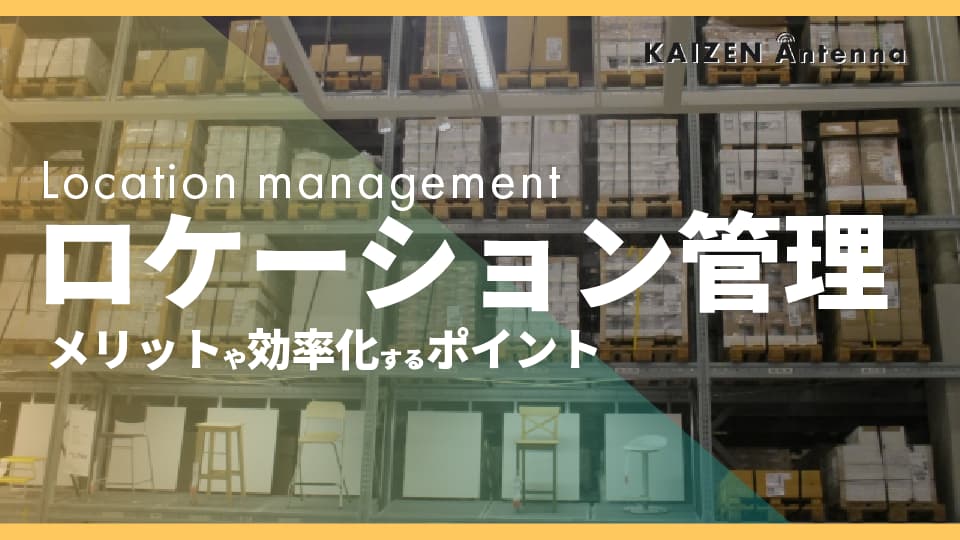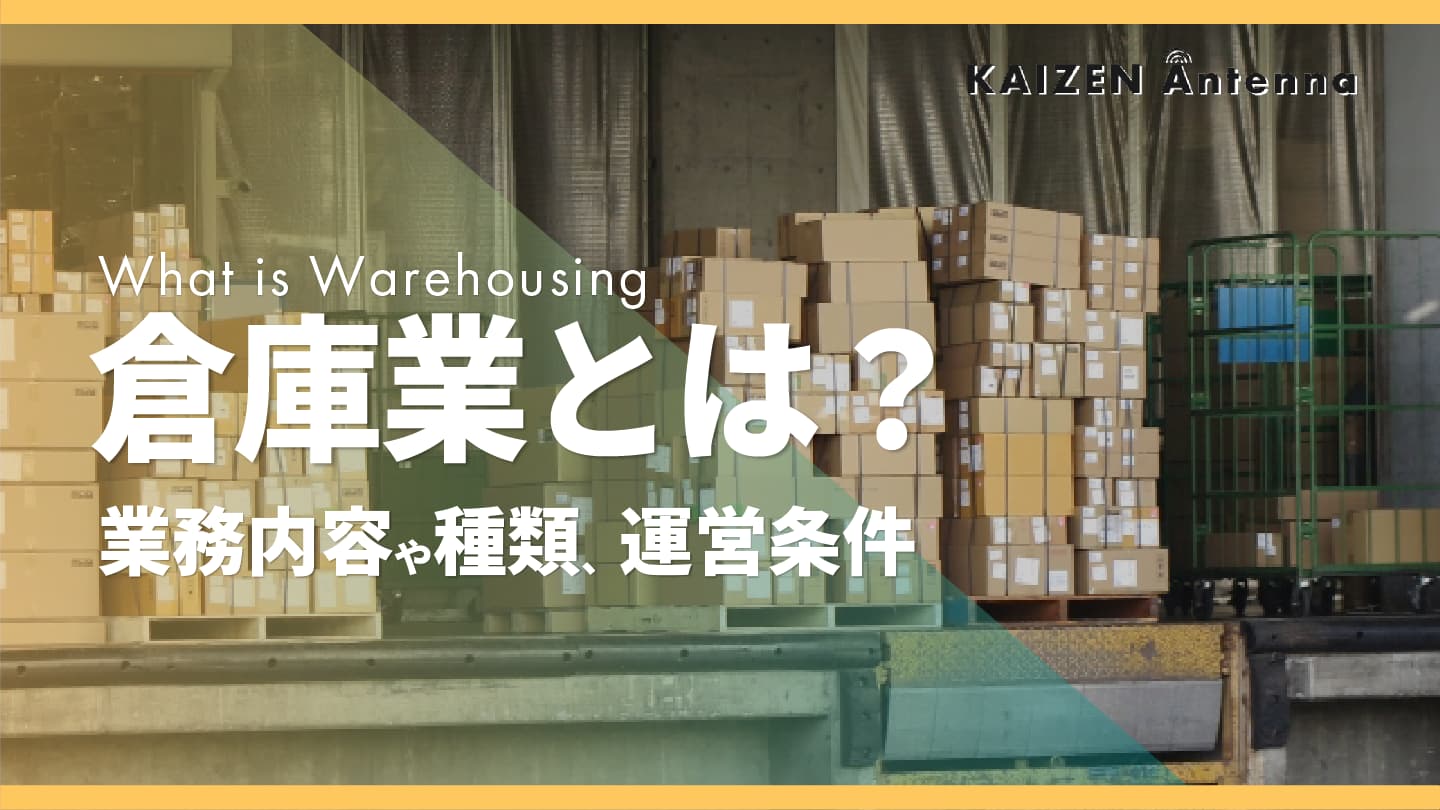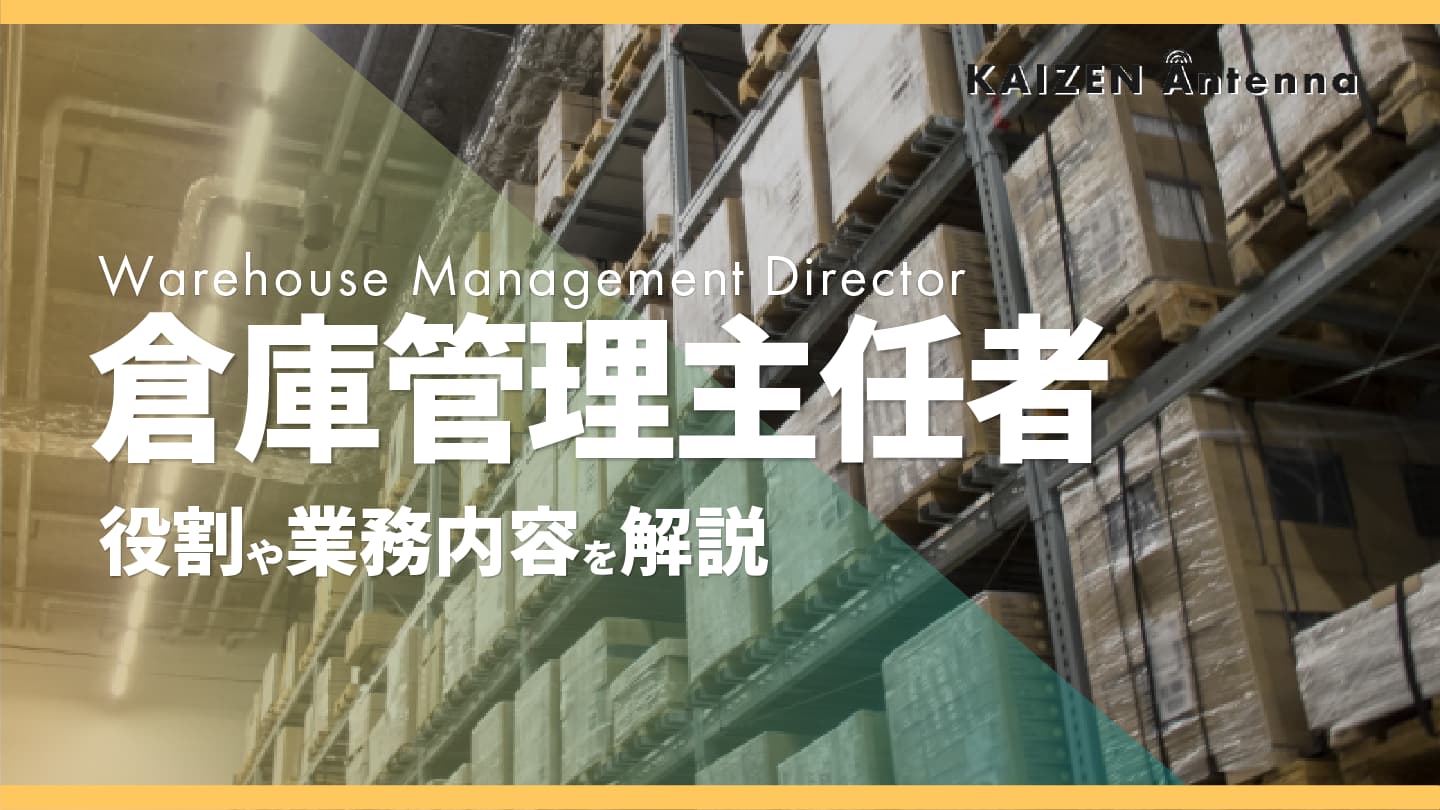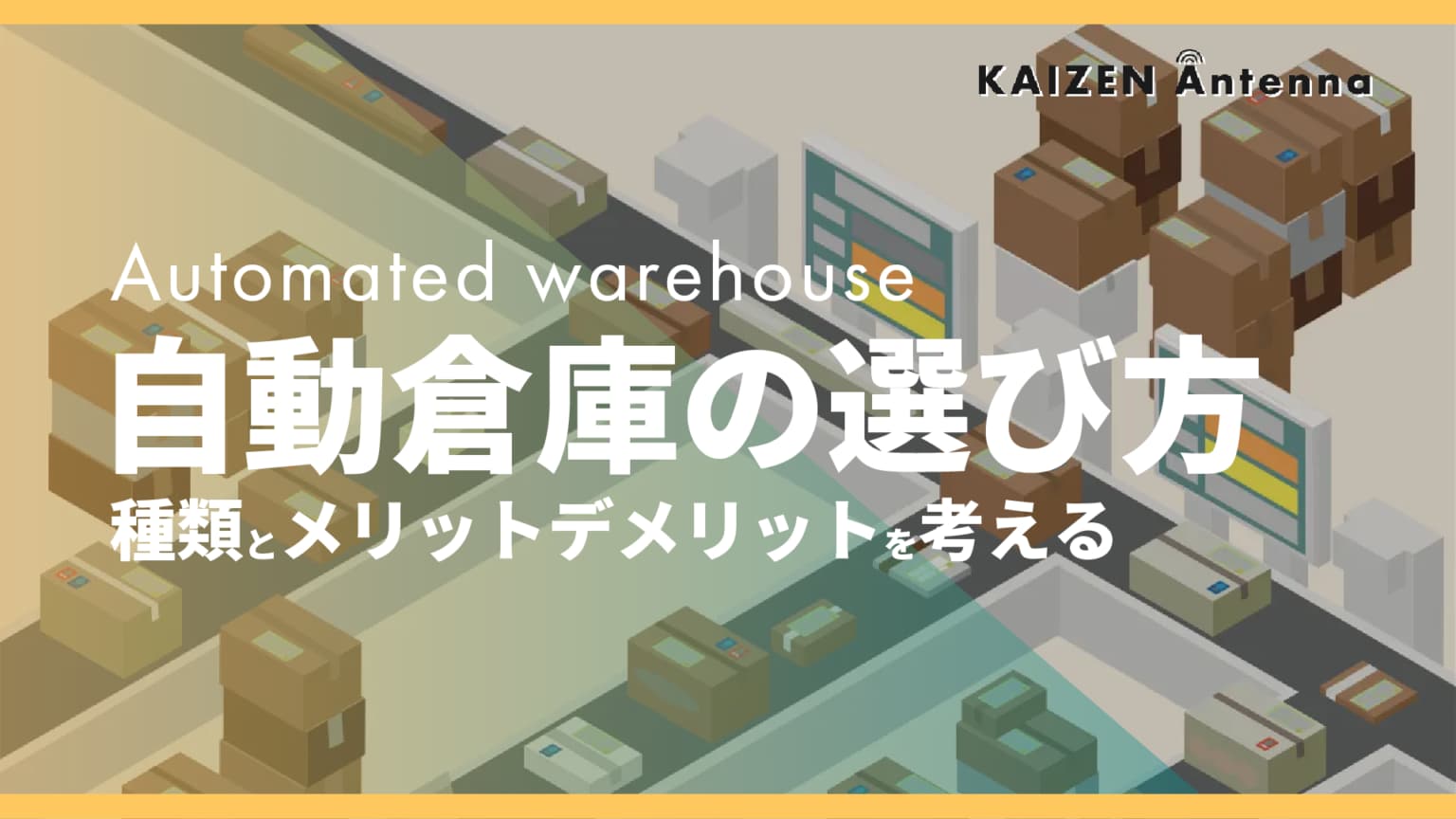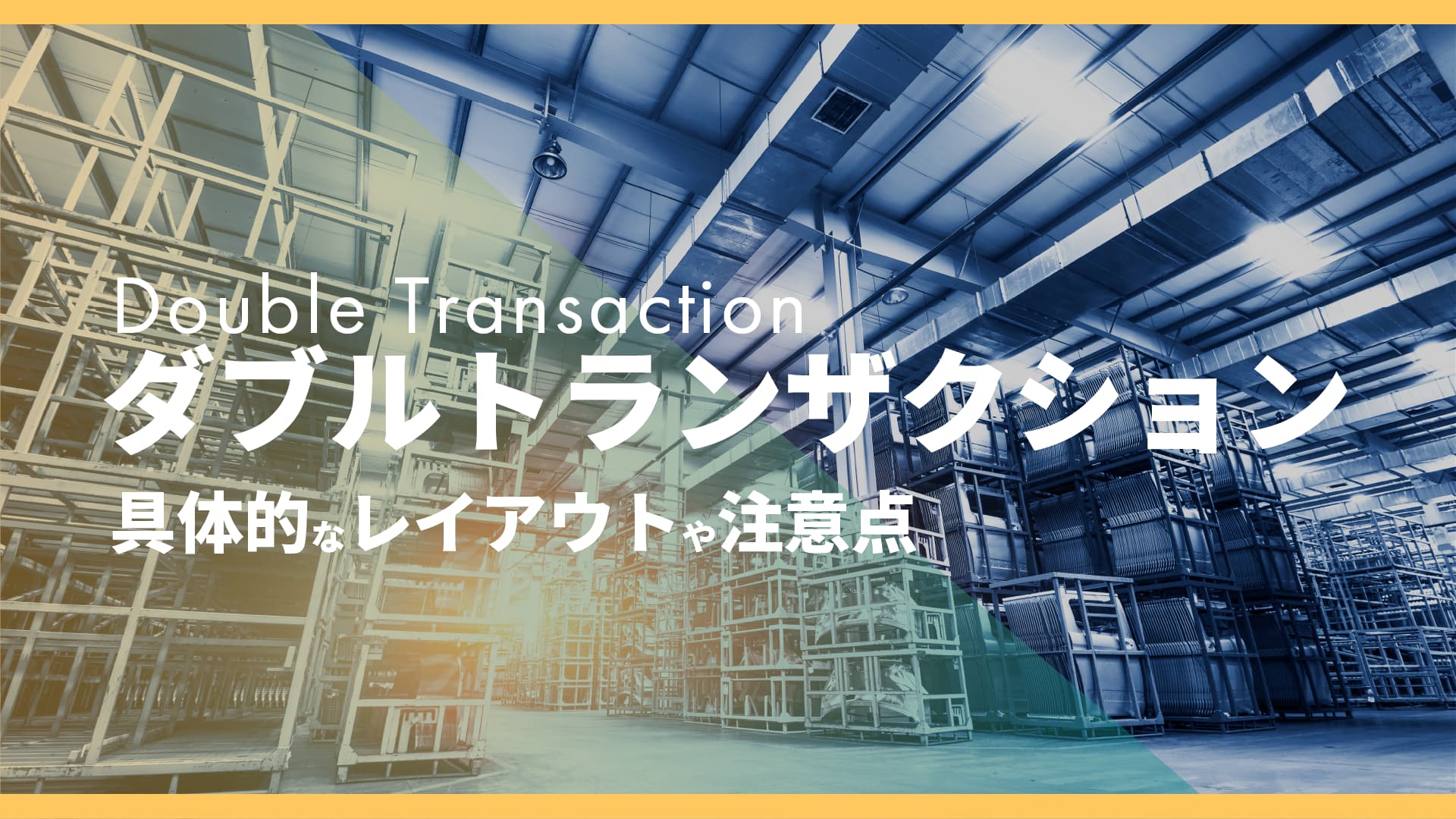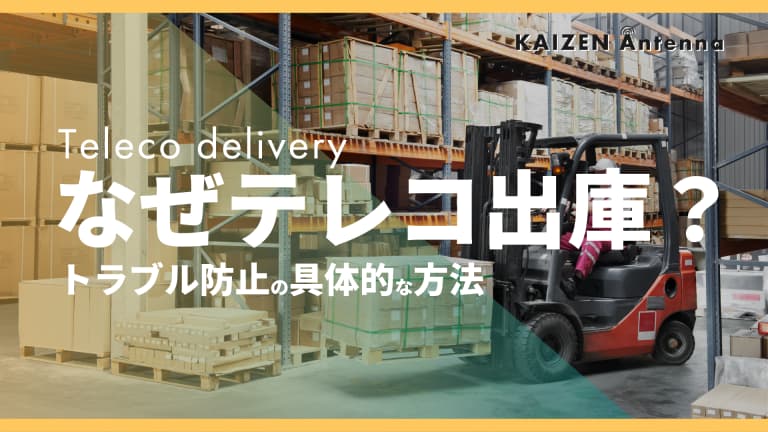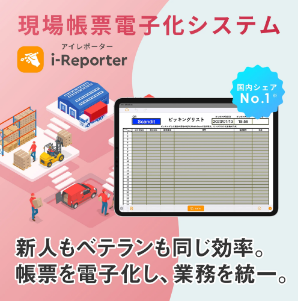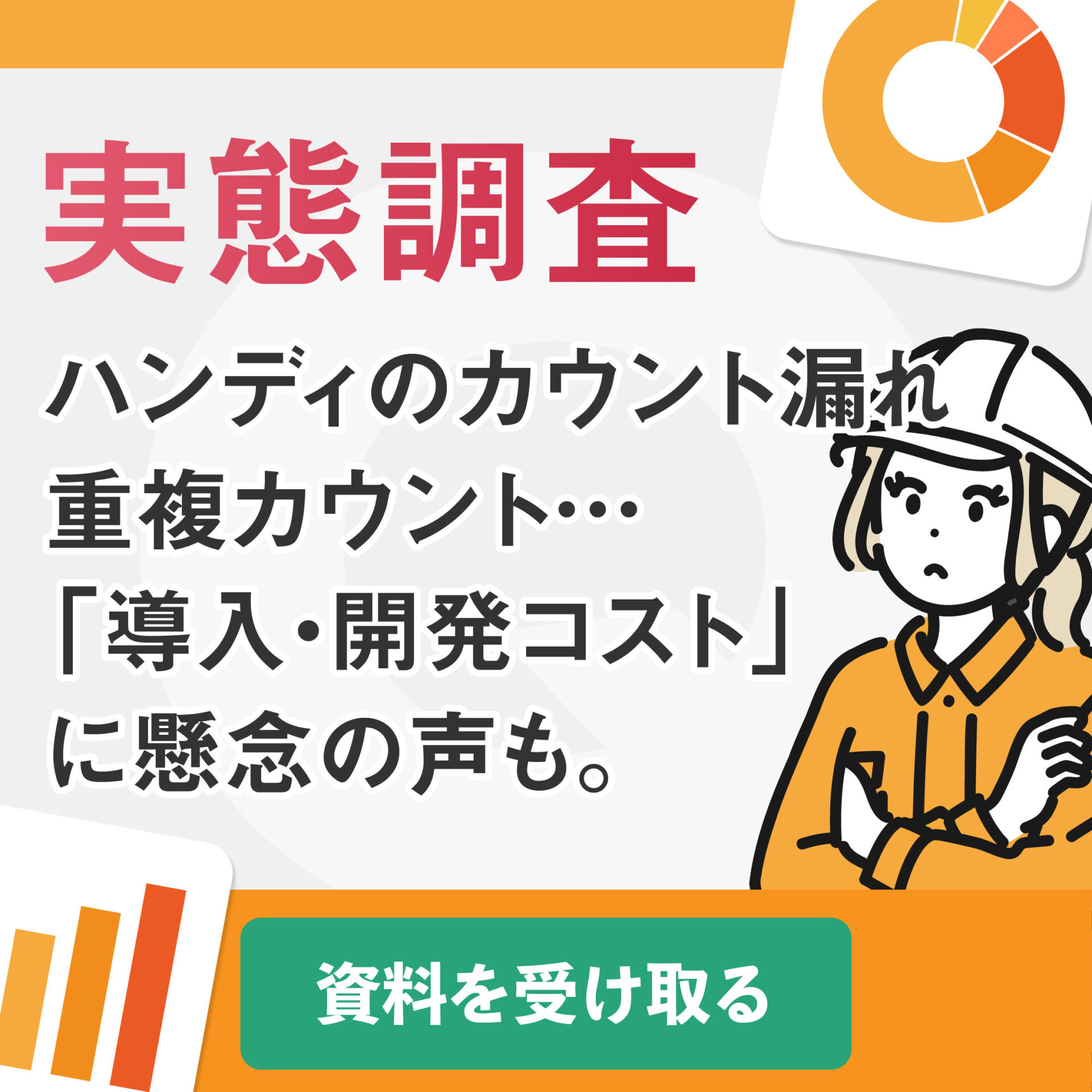Survey Summary ▼Download the survey report here Survey Overview Survey Overview: Survey on issues related to work mistakes Survey Method: Research PR "Reason" provided by IDEATECH
What is vanning and devanning? Explaining how to prevent mistakes during container transport
This time, we will explain how to prevent work mistakes in logistics.
table of contents
Logistics is an essential part of modern life. Nowadays, logistics is not limited to domestic shipments, but also includes shipments from overseas. The importance of logistics has been reaffirmed by the impact of the COVID-19 pandemic, which has been spreading globally since 2020. The impact of COVID-19 has made it difficult to quickly unload cargo from ships at ports, causing delays in logistics.
Also, the news of a tanker running aground in the Suez Canal, which connects the Mediterranean Sea and the Red Sea, in 2021 is probably still fresh in our minds. This news was reported daily and attracted attention from around the world. In logistics, a large number of packages are handled at once. They come in all different shapes and sizes and are destined for different destinations. Not only must accidents cause disruptions to logistics, but delays due to errors in sorting must also be prevented.
What is vanning and devanning work?
First, let's explain the terminology and procedures used in loading and unloading container cargo.
Vanning
"Vanning" = The process of loading cargo into a container
At this time, if the sorting process is incorrect, the luggage will be transported to a completely unexpected location, so mistakes are absolutely not allowed. After sorting the luggage, it is loaded into a container, but not all of the luggage is the same size.
Various types of cargo are loaded into containers, but if they are packed poorly, it will be impossible to transport a large amount of cargo at once. The advantage of container transport is that it reduces transportation costs. Therefore, increasing the storage efficiency of containers will reduce transportation costs.
However, it is not enough to just load the goods randomly. The important thing about vanning work is
- Load the goods so that they are not broken or damaged during transportation.
Also, be careful to balance the weight.
You also need to consider the order of unloading, which we will explain later. If the container is being exported overseas, customs inspections will be conducted, so you will need to ensure there is enough space to check the contents of the container.
If the loading method is incorrect, you may have to empty the entire container midway through.
Of course, there must be no errors between the contents of the container and the cargo details.
Devanning
"Devanning" is the opposite of vanning, and is the process of removing cargo from a container. It is sometimes abbreviated to "Devan."
For this reason, when unloading cargo, it is necessary to check the list to confirm the cargo's destination. It is also necessary to check that the list matches the contents. If the list and contents do not match, an investigation will be required to trace back the route the container was taken. And just like with vanning, the cargo must be handled with care to avoid breaking or damaging it.
If loading and unloading are not done in coordination, the container transport that was carried out to reduce logistics costs will actually end up increasing costs.
Problems and common mistakes in loading and unloading
Vanning and devanning work is mainly performed by workers. Although unmanned forklifts are being developed using autonomous driving technology, there are still many challenges. From here, we will explain the problems and common mistakes that occur in vanning and devanning work.
Work takes time
In the case of vanning, workers are responsible for sorting, loading, recording, and reporting shipment. In the case of devanning, workers are responsible for checking the cargo, loading and unloading, sorting, and reporting receipt.
It takes time because workers have to check all work using a checklist to make sure there are no mistakes, and there is also the possibility of mistakes being made by workers.
To prevent mistakes
・Careful check
-Double check by someone other than the worker
is required and takes time.
If the package is sent to the wrong destination, you will have to pay the shipping costs to have it returned and re-shipped.
Harsh working conditions
Vanning and devanning work often involves harsh working conditions. As it involves handling cargo, it is often manual labor and is physically demanding.
In addition, the working environment can be extremely hot, with temperatures sometimes exceeding 50 degrees Celsius and sometimes dropping below freezing. It can also be difficult to secure personnel, and the workload per person tends to increase.
There is a risk of product damage
Working in a harsh working environment makes it easy for mistakes to occur. When carrying luggage by hand, it is possible to accidentally drop and damage the luggage.
Even if the package is not damaged, if damage is found in the packaging, it will be suspected that manual handling was the cause. Not only must we avoid operational mistakes, but we must also be able to prove that there are no problems with handling.
How to solve business challenges
There are various challenges in loading and unloading operations. With the development of domestic and international logistics networks and the large amount of cargo being distributed every day, it can be said that improving logistics operations is an urgent matter. Next, we will explain how to solve the challenges in logistics operations.
Setting up your work environment
In the future, robots and other equipment will likely take over the work currently performed by workers in harsh environments. In fact, some work is already beginning to be automated.
However, since there are still only a limited number of tasks that can be automated, manual labor remains a necessity. Although there is a physical burden on workers, why not at least reduce the mental burden?
The burden of checking workers can be reduced by using barcodes, etc.
Barcodes can be used not only to identify packages, but also to digitize sorting destination information, preventing errors in sorting by matching packages with sorting destinations.
Even if a mistake is made, the error will be identified when the data is compared, and the mistake can be communicated to the worker on the spot.
Keep a record of your work
We keep work records to prove that the cargo was transported without any problems. If there is any problem with the cargo later, the work records will prove that there were no problems with the loading and unloading work.
Work records can be instantly recorded by taking pictures with a tablet or other device's camera, showing who did what and when. With digital data, the time and location can be recorded simultaneously with the captured image information.
Furthermore, by taking a photo of the barcode at the same time as the package, it will be possible to recognize the package from the image.
summary

In today's world, where e-commerce has become the norm, products can be purchased with just a click. With the development of global distribution networks, we are now in an age where products can be delivered even from the other side of the world.
However, we must not forget that there are people who support this distribution network. The logistics industry is facing a labor shortage and is working to solve these issues. One solution is the digitalization of operations.
In the future, the use of digital technology will change the way logistics operations are carried out, which will have a major impact on the development of the distribution industry.
[Contributing to improving productivity and work accuracy in the logistics industry]
Improve the efficiency of on-site work with the on-site document digitization solution "i-Reporter"!
- Speedy handling of large-volume scanning tasks, significantly reducing scanning time
- Intuitive operation that is easy to use for a wide range of workers, allowing anyone to perform high-precision work
・Supports rapid training for inexperienced employees, and reduces work errors with intuitive digital forms
[About i-Repo Scan]
This application allows you to scan multiple barcodes simultaneously and continuously using an iPhone or iPad.
It improves the efficiency of inventory management tasks (inventory, receiving and retrieving goods, picking, etc.) and prevents incorrect input and delivery.
Barcode reading screens can be easily created using Excel.
It is also possible to link the read data to inventory management systems etc. in real time.
▼5 features of i-Repo Scan
① Ultra-fast scanning of large quantities of barcodes! Multiple barcodes can be scanned simultaneously and continuously.
② Identify barcodes that do not match the conditions! Prevent work mistakes
3. No missing barcodes even with a large number of barcodes! Numbers are displayed on barcodes that have already been read.
④ A dedicated UI for accurately and efficiently counting quantities, such as inventory counts and stock receipts and deliveries
⑤No need for a dedicated handheld terminal
⑥High speed and high accuracy thanks to joint development with SCANDIT, a global provider of innovative barcode solutions
▼i-Repo Scan site
https://i-reporter.jp/scan/
Download the document for "i-Repo Scan" which reads multiple barcodes simultaneously and continuously.Here


This is the editorial department of the Field Document Research Institute!
This blog is operated by CIMTOPS Corporation., which develops and sells the field document electronic solution "i-Reporter."
We will be delivering industry information on a regular basis to help those of you working hard to promote digital transformation in the workplace, so please take a look!




